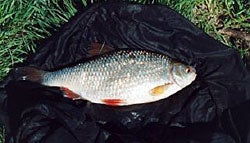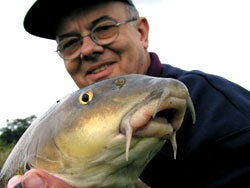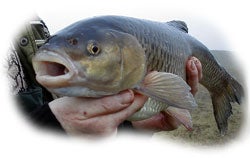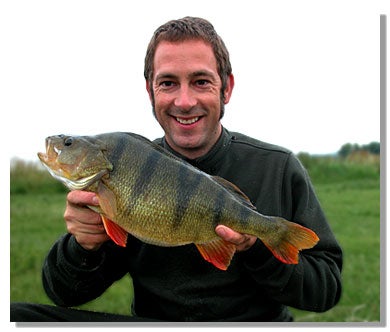| BUMBLEBEE ASKS, “ARE PERCH THE NEW BARBEL? Just what is the ‘hot’ fish at the moment? Once it was roach. Then it was carp. More recently, barbel have been in the ascendancy. The pike has its devotees, but what is going to be the next trend? Let’s start at the beginning and see where it takes us. The Carp Revolution For centuries the roach was the most popular quarry of coarse anglers. Found everywhere from murky canals to majestic chalk streams, from tiny village ponds to huge lakes, it could be relied upon for some sport. During the winter months, those seeking something that pulled back would try their luck for pike. But all this was to change in the last three decades as the post-war building boom created numerous gravel pits.
The changing face of match angling At first match anglers laughed at the antics of the carp anglers, with their multiple rod set-ups and bivvies. But here and there, the hot summers of 75 and 76 created a carp explosion (Layer Pits, Dryad Lake) that meant match anglers were gaining exposure to catching small carp. The days of pound bottoms would soon be over. Clubs dug out small purpose-built lakes, and stocked them with carp. Entrepreneurs like Billy Makin and John Raison realised that here was an opportunity to create this club lake fishing on a much bigger scale. Match fishing rapidly switched from rivers and canals to what we call ‘commercials’ today. As match anglers switched their allegiance from roach to bream in the seventies, surely the only anglers to ever love catching ‘skimmers’, so they switched again to carp in the nineties. Between the carp and match anglers the roach had been well and truly been knocked off its top spot by carp. The Big Barbel Boom But other changes were taking place. Barbel were originally sparsely distributed. The Thames, the Lee, the Kennet, the Yorkshire rivers plus the Hampshire Avon and Dorset Stour, that was just about your lot. But with the stocking of the Severn, the Bristol Avon, the Warwickshire Avon, plus numerous other rivers, including the Wye, and the revival of the Trent, gradually barbel became much more accessible. Not only were there many more opportunities to catch them, the barbel themselves were getting much bigger.
One of the frustrations of barbel fishing, and it was always so, is that once hot swims are known there is a continuous race to grab those swims. But for carp anglers, for whom bivvying up is the norm, this is normal fishing. A sub-cult of traditionalist barbel anglers had also sprung up. Carrying cane rods and ancient centre-pin reels, they appeared to have been deep frozen for seventy years then thawed out as grumpy old men, and were appalled at the antics of the neo-barbelists with their bite alarms. All sorts of unwritten rules were bandied about. For some it all got too much. Chub? Others, glad to get back on the now match-free rivers but unwilling to compete for a barbel swim, found that the chub was growing to ever increasing sizes. When chub were about in abundance, a four-pounder was a big one. Now the learned talk earnestly of ‘sevens’. The chub required a different approach. Neither the heavy-handed neo barbelists nor the old fogies could tempt them, leaving the way clear for a different kind of specialist. An added bonus was that the chub is much more widely distributed than barbel so it’s much easier to get a swim.
Perhaps Perch? That brings me back to the perch. Back in the seventies, perch disease annihilated the perch. From being the fish that beginners were most likely to catch, the perch became a rarity. But slowly but surely, perch reappeared in many of our rivers and lakes. Sometimes, the perch suffered setbacks and disappeared again, only to reappear a decade later.
So, are perch the new barbel? Or carp? Or roach? Perhaps not. But at least there is a new challenge for thinking anglers that requires far more than dropping into the latest hot swim with a bought off the shelf rig. We’ve had carp rods, barbel rods, even chub rods. What price a perch rod? Just remember, for perch fishing, the snitching of lobworms is the bit where you’ll need your fastest reflexes and stealthiest approach. Here’s to big stripies – cheers! |
Welcome!Log into your account














